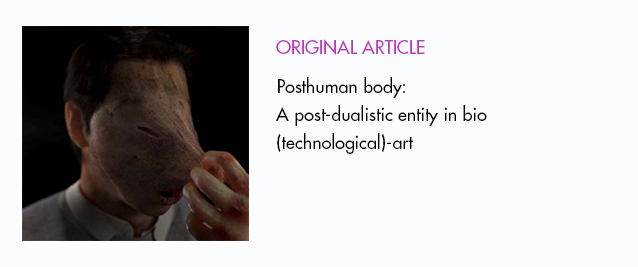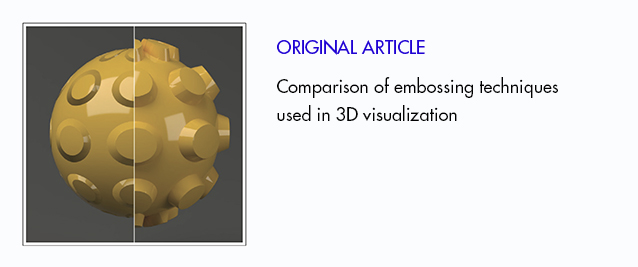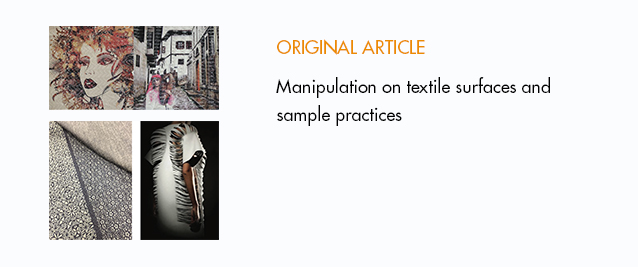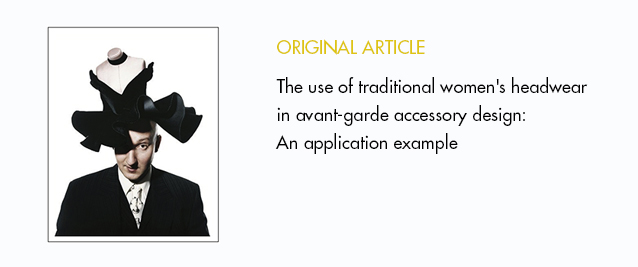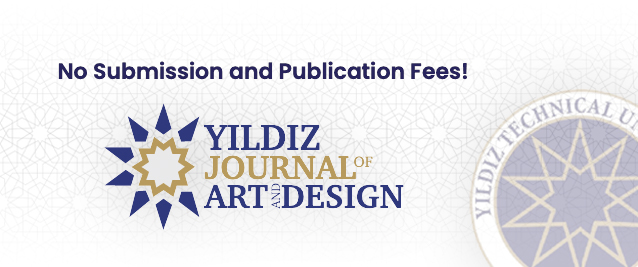Abstract
The enlightenment process that followed the Renaissance led to the advancement of human beings in art, as well as in many fields, and a difference in the way they express themselves. First, the depiction went beyond the palace and the subjects it foresees and included daily life in its compositions. With the inclusion of daily life into art, the habit of keeping records included plastic arts within its scope. The discovery of photography has become a necessity to catch up with the speed of everyday life, which increases its speed in parallel with it, to record it faster, clearer, and more objectively. First, photography, which is a documentation device in the hands of the state as an element of the construction of the “ideal society”, has quickly entered the field of individual use due to its intensive use and therefore its rapid development in terms of technology. Although this individual use was very strange at first, it later allowed more neutral, more contemporary, and more objective subjects and perspectives to enter the field of photography. The most important of these is “Social Documentation”. The social document has fulfilled its duty to ensure that mankind does not experience these sufferings again, by keeping a record of all the disasters and wars that took place in the past century, continuing in the present century. In this context, Susan Meiselas has been one of the leading representatives of social documentation. Starting from her own environment, Meiselas reflected the social life he witnessed with impartiality, and tried to convey the injustice, poverty, violence, and the phenomenon that negatively affected the lives of many people, with a clear and impartial attitude. While conveying social injustice with this language of expression that she developed in a unique way, she took it upon herself to convey to the audience not only local issues but also universal issues that concern wider masses. She has informed the public about the events that took place here, with her works in which he especially transparently conveyed the uprisings and conflicts that took place in South America, and at the same time, she displayed an attitude aiming to prevent the repetition of this mistake for future generations. So much so that, in the installations she has realized in Nicaragua, she has renewed herself in a way that can reach every new generation with the contemporary presentation forms of photography and has done her best to refresh the memory of this generation so that the same problems do not happen again. While the aforementioned “Reframing History” work was carried out with the initiative of the University of Central America, these works are not displayed in a museum, in a book, or in places accessible to a limited audience, but she rather preferred to place it in front of or over urban elements, such as public places, in front of government buildings, on busy streets, at
stops, or on billboards in front of landscapes. etc. These collective memory elements, which are created by making use of the presentation forms of contemporary art in the common spaces where the old and the new generation come together, both enable those who lived to remember the event at the time it happened and witness these events with almost all their nakedness and violence, thus keeping the memory alive and to revive the social responsibility that the works had at the time. As one of the pioneering artists who brought documentary photography to installation in the public sphere, Meiselas proved that it is possible not only to create memory but also to expand it, by combining the sanctioning power of photography with an effective presentation of contemporary art.
Rönesans’ın ardından gelen aydınlanma süreci, insanlığın birçok alanda olduğu gibi sanatta da ilerlemesine ve kendini ifade etme biçimlerinde de farklılığa yol açmıştır. Öncelikle tasvir saray ve onun ön gördüğü konuların dışına çıkmış, gündelik hayatı kompozisyonlarının içine almıştır. Gündelik hayatın sanatın konusu olması itibariyle, kayıt tutma alışkanlığını da plastik sanatların kapsamına dahil etmiştir. Fotoğrafın keşfi, kendisine paralel olarak hızını artıran gündelik hayatın hızına yetişmek, onu daha hızlı, daha net ve daha tarafsız kaydetmek için adeta bir gereklilik olmuştur. Öncelikle “ideal toplum” inşasının bir öğesi olarak devletin elinde bir belgeleme aygıtı olan fotoğraf, yoğun kullanım ve dolayısıyla teknolojik açıdan hızlı gelişmesi nedeniyle hızlı bir şekilde bireysel kullanım alanına da girmiştir. Bu bireysel kullanım önceleri çok yadırgansa da sonraları daha tarafsız, daha çağdaş ve daha nesnel konuların ve bakış açılarının fotoğrafın alanına girmesine olanak sağlamıştır. Bunlardan en önemlisi “Toplumsal Belgecilik”tir. Toplumsal belge, içinde bulunduğumuz yüzyılda da devam eder şekilde, geçtiğimiz yüzyılda yaşanmış tüm felaket ve savaşların kaydını tutarak, insanlığın bu acıları tekrar yaşamaması için üstüne düşen görevi yerine getirmiştir. Bu bağlamda Susan Meiselas toplumsal belgeciliğin önde gelen temsilcilerinden biri olmuştur. Meiselas kendi çevresinden başlayarak tanık olduğu sosyal hayatı tarafsızlık ile yansıtmış, buradaki adaletsizlik, yoksulluk, şiddet ve buna benzer birçok insan hayatını olumsuz yönde etkileyen olguyu, net ve tarafsız bir tavırla aktarmaya çalışmıştır. Kendine özgü biçimde geliştirdiği bu anlatım diliyle, sosyal adaletsizliği aktarırken, sadece yerel konuları değil aynı zamanda daha geniş kitleleri ilgilendiren, evrensel konuları izleyiciye aktarmayı kendine görev edinmiştir. Özellikle Güney Amerika’da meydana gelen ayaklanma ve çatışmaları şeffaflıkla aktardığı işleriyle kamuoyunu burada gerçekleşen olaylar bilgilendirmiş, aynı zamanda gelecek nesiller için bu hatanın tekrar edilmesini engellemeyi amaç edinen bir tavır sergilemiştir. Öyle ki, yakın zamanda Nikaragua’da
gerçekleştirdiği enstalasyonlarında fotoğrafın çağdaş sunum biçimleri ile de her yeni nesle ulaşabilecek şekilde kendini yenilemiş ve bu neslin belleğini tazeleyerek aynı
sorunların tekrar yaşanmaması için elinden geleni yapmıştır. Söz konusu “Tarihi Yeniden Çerçevelemek” çalışması Orta Amerika Üniversitesi’nin girişimi ile gerçekleştirirken, bu çalışmaların bir müzede, bir kitapta ya da sınırlı sayıda izleyicinin ulaşabileceği yerlerde sergilemektense, kamuya açık alanda, devlet binalarının önünde, işlek sokaklarda, duraklarda veya manzara önlerinde reklam panolarında vb. gibi kentsel öğelerin önünde veya üzerine bir enstalasyon biçimi ile koymayı tercih etmiştir. Eski ve yeni neslin bir arada olduğu ortak mekanlarda, çağdaş sanatın sunum biçimlerinden de faydalanarak oluşturduğu bu kolektif hafıza unsurları, hem olayı gerçekleştiği anda yaşayanların hatırlamasını hem de bu olaylara oluş anında tanık olmayanların neredeyse tüm çıplaklığı ve şiddeti ile tanık olmasını sağlayarak, bir nevi hafızayı canlı tutmak ve eserlerin zamanında sahip olduğu sosyal sorumluluğu canlandırmak amacını gütmüştür. Meiselas, belgesel fotoğrafı kamusal alanda enstalasyona taşıyan öncü sanatçılardan biri olarak, fotoğrafın yaptırım gücünü çağdaş sanatın etkili bir sunum biçimiyle birleştirerek, onun sadece belleği oluştururken değil aynı zamanda genişleterek yayılmasının da mümkün olduğunu kanıtlamıştır.



